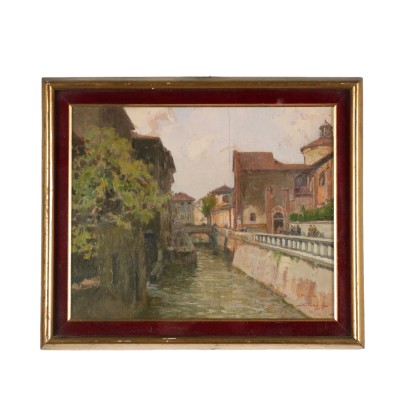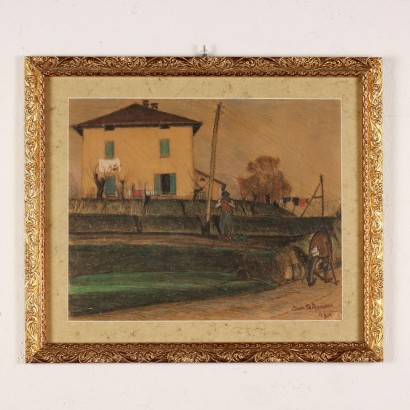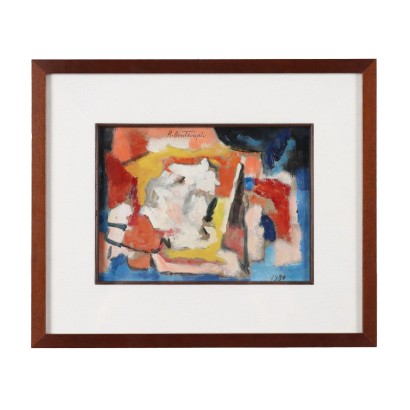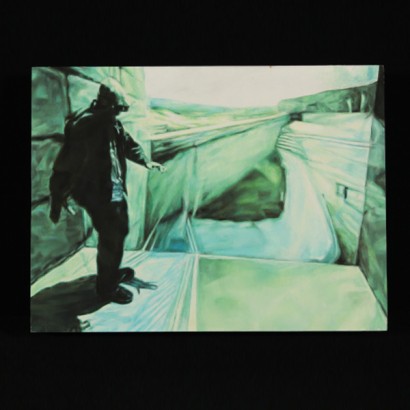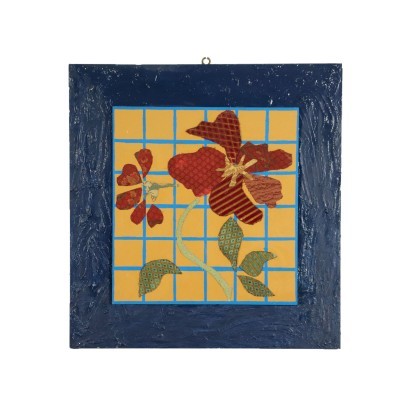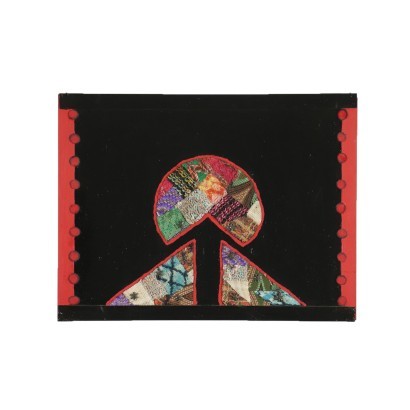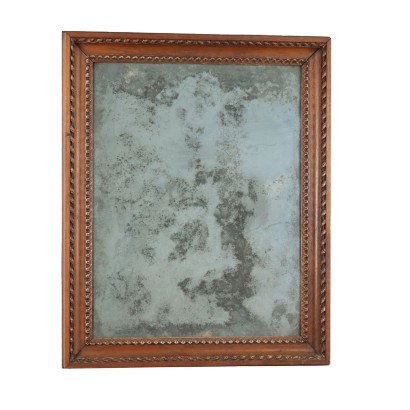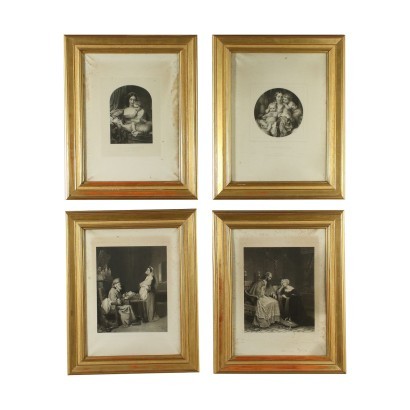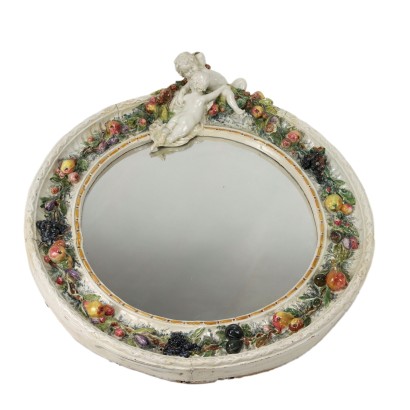E. Intraina Oil on Wooden Board Italy XIX-XX Century
Features
Artist: Enrico Intraina (1870-1945)
Artwork title: Milano, Conca al ponte San Marcellino - San Marco
Age: 19th Century / 1801 - 1900 , 20th Century / 1901 - 2000
Subject: Views/City Glimpses
Artistic technique: Painting
Technical specification: Oil on Board
Description : Milano, Conca al ponte San Marcellino - San Marco
Oil on wooden board. Signed lower right. Title and location on the back. Enrico Intraina was a Milanese artist who mainly produced landscapes and glimpses of his places, remaining linked to Lombard Naturalism. The painting is presented in a coeval frame.
Product Condition:
Product in good condition, shows small signs of wear. We try to present the real state as fully as possible with photos. If some details are not clear from the photos, what is reported in the description will prevail.
Frame Size (cm):
Height: 35
Width: 30
Depth: 2,5
Artwork dimensions (cm):
Height: 30
Width: 25
Additional Information
Artist: Enrico Intraina (1870-1945)
Born in Miano in Milan in 1870, Enrico Intraina trained at the Brera Academy in Milan, where he attended the courses of F. Brambilla, C. Rapetti and L. Cavenaghi. At the exhibitions of the Permanente in Milan he frequently exhibited landscapes in which he remained linked to the tradition of Lombard Naturalism (Barconi sul Naviglio, Cascina dei Pomi, San Cristoforo sul Naviglio, Naviglio d'inverno, Nel bosco, Pomeriggio Domenicale, Dintorni di Varese, all in Milan, Gallery of Modern Art). Intraina always remained in his hometown, but died in 1945. Age:
19th Century / 1801 - 1900
19th Century / 1801 - 1900
20th Century / 1901 - 2000
20th Century / 1901 - 2000
Subject: Views/City Glimpses
Artistic technique: Painting
La pittura è l'arte che consiste nell'applicare dei pigmenti a un supporto come la carta, la tela, la seta, la ceramica, il legno, il vetro o un muro. Essendo i pigmenti essenzialmente solidi, è necessario utilizzare un legante, che li porti a uno stadio liquido, più fluido o più denso, e un collante, che permetta l'adesione duratura al supporto. Chi dipinge è detto pittore o pittrice. Il risultato è un'immagine che, a seconda delle intenzioni dell'autore, esprime la sua percezione del mondo o una libera associazione di forme o un qualsiasi altro significato, a seconda della sua creatività, del suo gusto estetico e di quello della società di cui fa parte.
Technical specification: Oil on Board
Other customers have searched:



